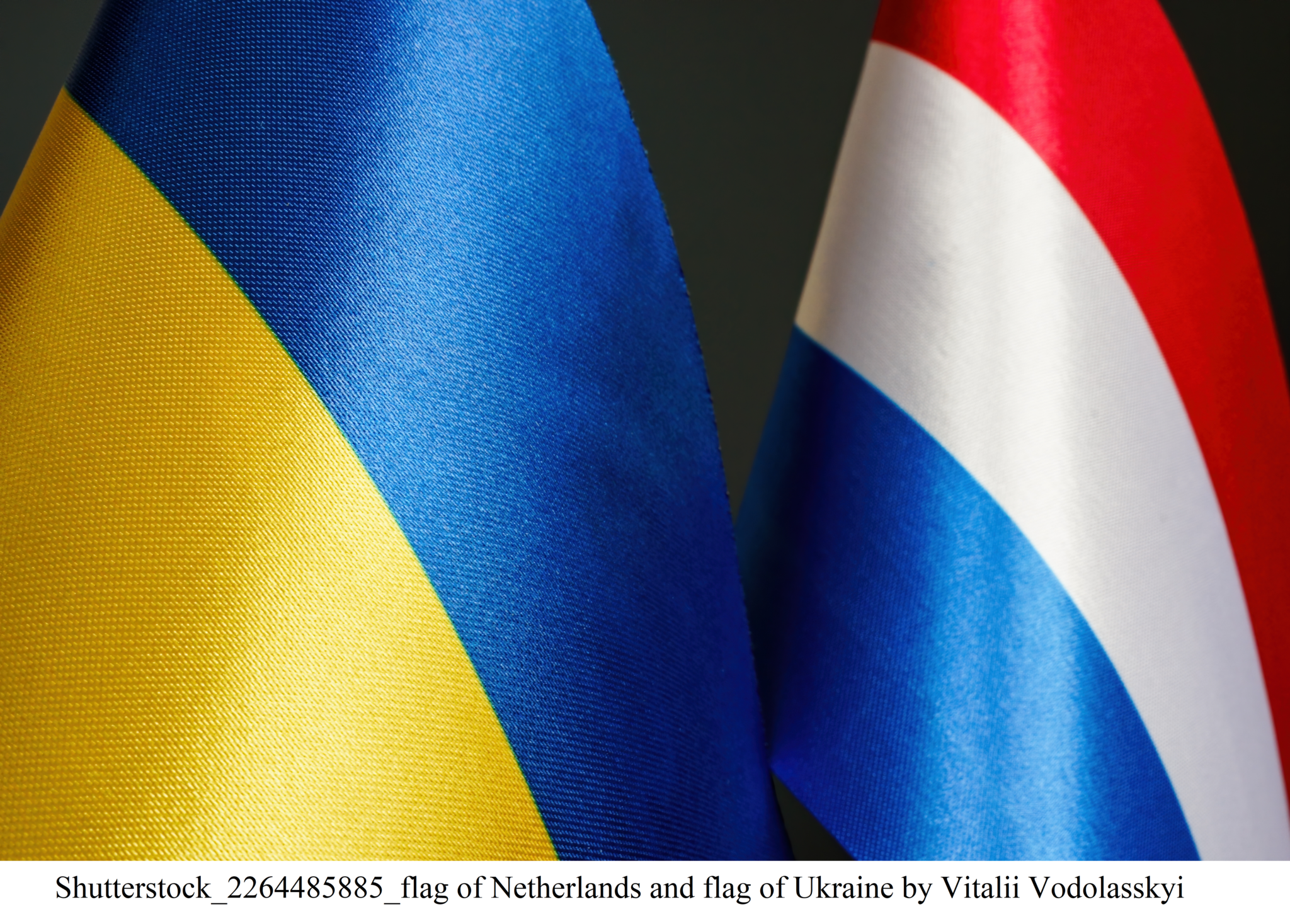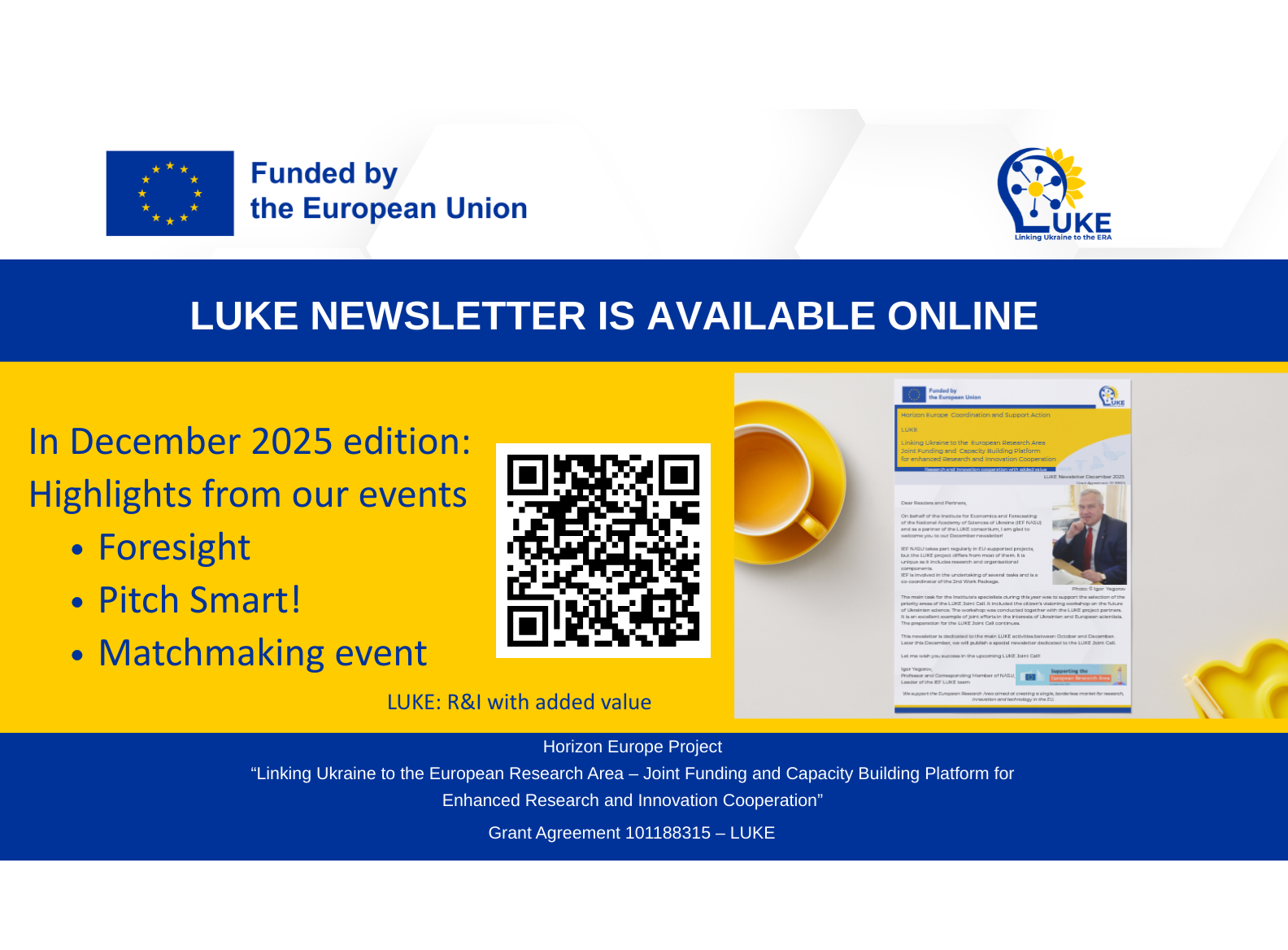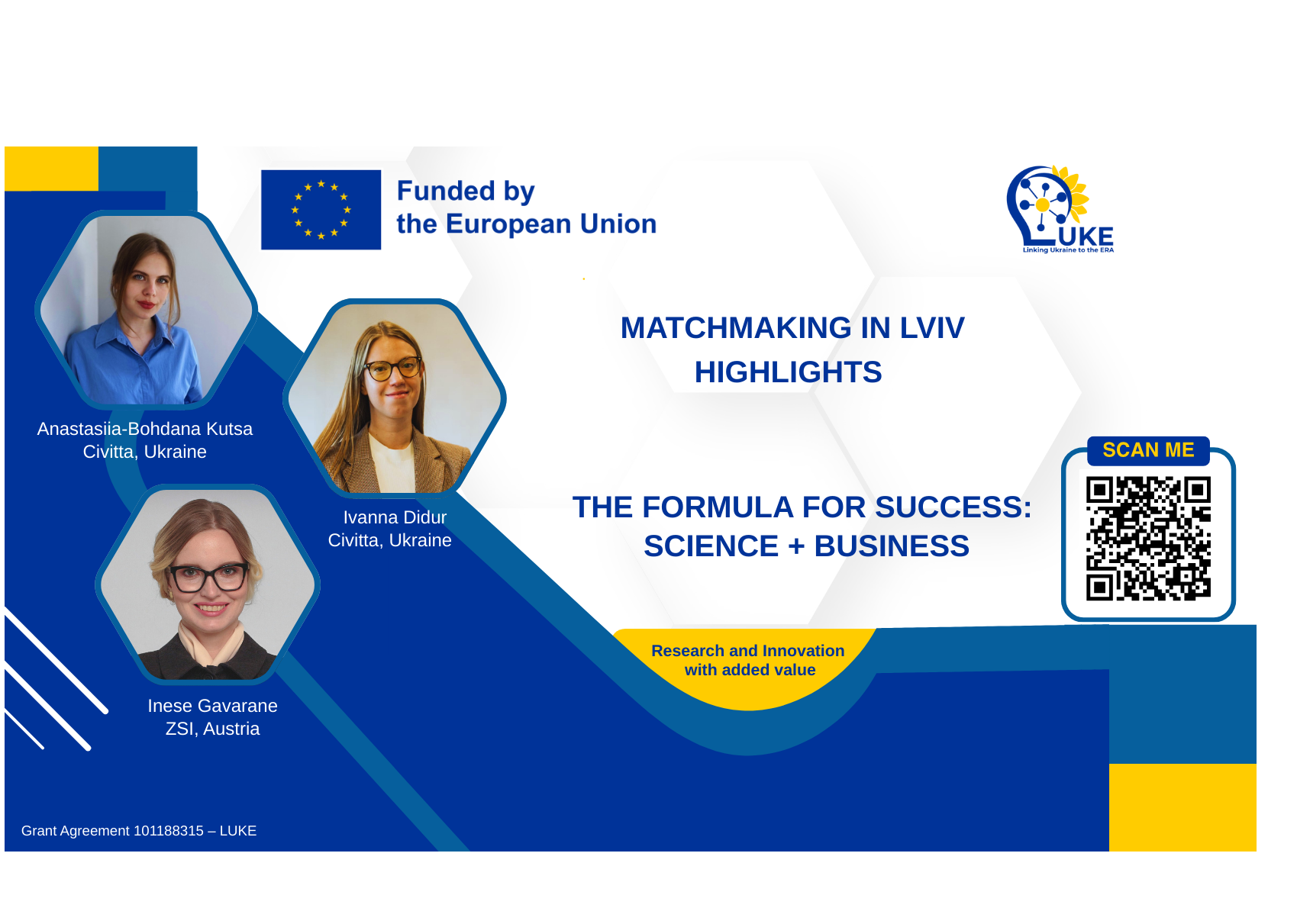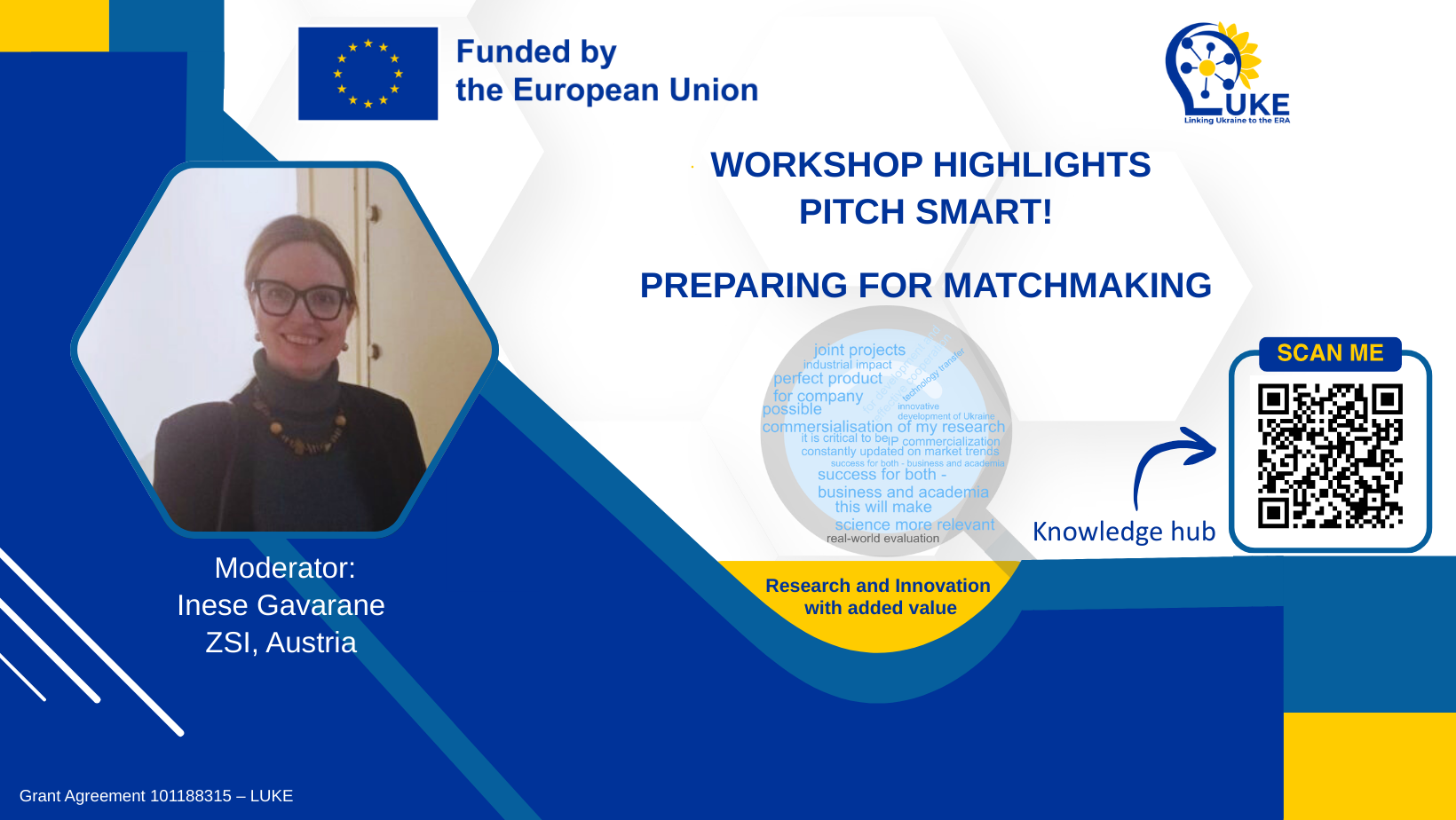Severe combined immunodeficiency (SCID) has been detected through neonatal screening in Ukraine for two years now. But there are still gaps between diagnosis and treatment. Immunodeficiency can be cured by bone marrow transplantation, but unfortunately, it is not always possible to find a donor (related or compatible). An alternative method of treating children with severe immunodeficiency and other rare diseases may be stem cell-based gene therapy. These are the tools being developed by the team at the Leiden University Medical Centre (LUMC) which was joined by Professor Oksana Boyarchuk, Head of the Department of Children’s Diseases and Pediatric Surgery at I. Horbachevsky Ternopil National Medical University, as part of a partnership initiative of the National Research Foundation of Ukraine (NRFU) and the Dutch Research Council (NWO). With the NWO funding, the researcher is implementing the project ‘CURE4LIFE: Development and Social Impact of Stem Cell-Based Genetic Medicines’.
We asked Professor Oksana Boyarchuk about the essence and features of the research, and also why she chose this particular topic.
The researcher told us that her research interests are related to primary immunodeficiency, in particular, early diagnosis and the chance to help children with congenital immunodeficiency. Together with geneticists from the Scientific and Practical Genetic Centre ‘LeoGENE’ in Lviv, the researchers carried out a pilot project on neonatal screening for severe combined immunodeficiency (SCID).
Early diagnostic capabilities have been significantly expanded by the all-Ukrainian neonatal screening programme which can detect 21 diseases, including SCID. However, screening only makes it possible to suspect severe immunodeficiency. A number of additional tests using molecular and cytometric methods are required to confirm immunodeficiency diseases. However, cytometric tests are not always available and sufficient in Ukraine.
“The aim of our cooperation with Dutch researchers is filling the gaps in diagnosis and treatment”, explained Professor Boyarchuk, “in particular, improving the molecular (genetic) diagnosis of congenital immunodeficiency diseases in adult patients with autoimmune diseases. But also, expanding the possibilities of treating patients with RAG deficiency using stem cell-based gene therapy”.
We would like to explain to our readers that RAG is a gene involved in the production of proteins that are essential for the development of B and T-cells in the immune system. If the RAG1 gene is defective, the immune system will be weak and will not respond properly to infections. The disorders can vary from the most severe immunodeficiency which requires therapy in the first months of life, to less severe ones that cause immune dysregulation. Congenital immunodeficiency can manifest itself in adulthood with the development of autoimmune diseases.
The head of the Dutch team is Frank Staal, Professor at Leiden University School of Medicine. He specializes in developing gene therapy for severe immunodeficiency in the RAG1/RAG2 genes. He teaches at Leiden University, Delft University of Technology and Erasmus University Medical Centre based in Rotterdam. “Professor Staal is an outstanding researcher in the field of immunology”, continued Professor Boyarchuk. “He was a member of the Health Council which advises the Dutch government on neonatal screening. It is a real research success to collaborate with a researcher of such level”.
Ukrainian researchers found the Dutch team during an information workshop organized by the NRFU and the NWO in the summer of 2023. “After this online meeting, we wrote to the team leader, Professor Frank Staal, and he replied. We quickly figured out what we could do together, applied for participation and were awarded the grant”, recalls Oksana Boyarchuk.
The researcher hopes that the joint research will help improve care for people with immune deficiency, primarily RAG1 and RAG2 deficiencies.
Cooperation with the European team is important for both the researcher and her university. In her opinion, this is a good opportunity for the university to expand the possibilities of using flow cytometry in research.
“We are planning to tell as much as possible about new treatments”, added the researcher. “We want doctors and parents to know what to do when a child is diagnosed with a rare disease. We want them to understand that such diseases are not a verdict. As a doctor and a researcher, I will do my best to make sure that this is the case”.
Interviewed by Svitlana Galata





